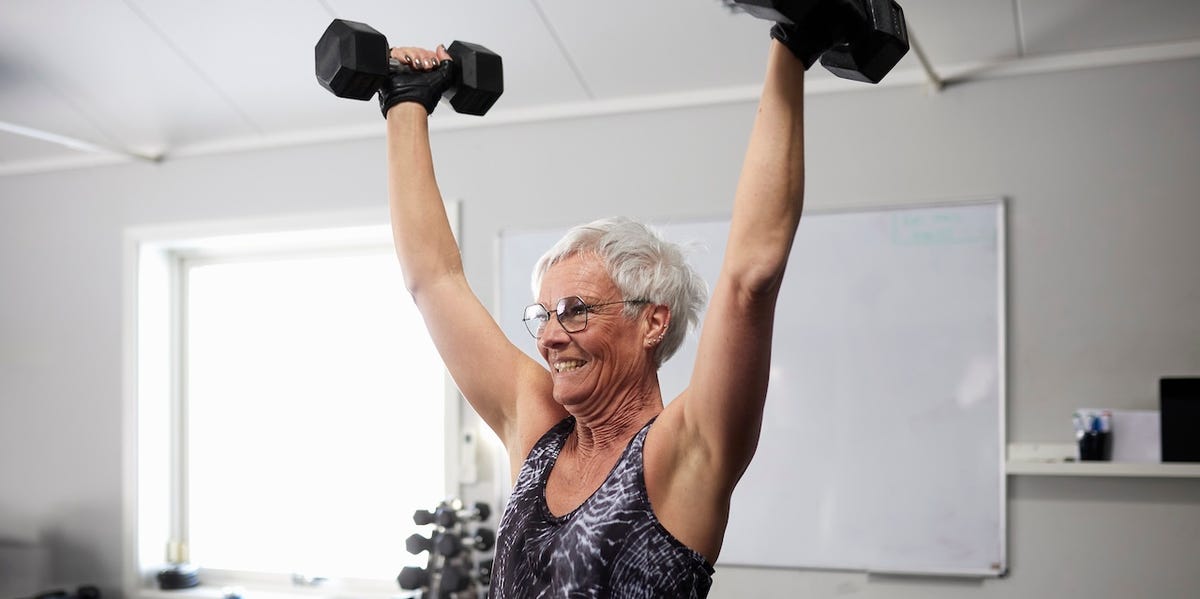We may associate growing older with becoming more frail and weak. After all, unexpected aches start popping up randomly (hello, back pain) as a result of a desk-bound lifestyle, and a gradual decline in muscle mass, also called sarcopenia, starts as early as our 30s. However, a new study suggests otherwise, finding that older adults experienced less muscle soreness (or DOMS) after exercise than younger athletes.
The study
Looking at over 36 studies, researchers tracked how ageing affected muscle function, soreness and damage after exercise. They called 18-25-year-olds ‘younger adults’ and – using a depressingly low threshold – ‘older adults’ those over 35.
The results
Published in the Journal of Ageing and Physical Activity, the team found muscle soreness was consistently lower in older adults, with reductions in pain of around 34% at 48 hours and 62% at 72 hours compared with younger adults. Older exercisers also did not show greater loss of muscle function.
Creatine kinase – an enzyme found in your brain and muscles, and which is a sign of muscle damage – was around 28% lower in older adults at 24 hours after working out. There was also no difference between upper- or lower-body training, or between resistance and endurance training, on muscle damage.
Researchers thought that these findings were due to muscle resilience staying relatively stable, despite the body’s changes with age.
What does this mean for us?
If you’re over 35, stay active and don’t slow down. In fact, older adults could even do more frequent or harder training sessions than younger people, since they don’t need longer recovery periods or more intense strategies.
Senior author Dr Lawrence Hayes from Lancaster Medical School said, ‘These findings challenge the widespread belief that ageing muscles recover more slowly or are more prone to exercise-induced damage. This misconception often discourages older adults from engaging in regular physical activity due to fears of prolonged soreness.’
What type of exercise should I do?
Aim for 150 minutes of moderate-to-vigorous activity per week, like cycling or a brisk walk, and include two strength-training sessions.
Cut through the noise and get practical, expert advice, home workouts, easy nutrition and more direct to your inbox. Sign up to the WOMEN’S HEALTH NEWSLETTER




